Written by Justin Bott
Unfortunately, the NHL announced that none of their players would participate in the 2022 Winter Olympics. However, the Olympics are here and there’s never been a better time to imagine what could’ve been.
Here’s my hypothetical national team representing the United States for hockey:
| LW | C | RW |
| Johnny Gaudreau | Auston Matthews | Patrick Kane [C] |
| Kyle Connor | Jack Eichel* | Alex DeBrincat |
| Matthew Tkachuk | Dylan Larkin | Jake Guentzel |
| Max Pacioretty | Joe Pavelski [A] | Troy Terry |
| Chris Kreider | JT Miller |
Gaudreau-Matthews-Kane line:
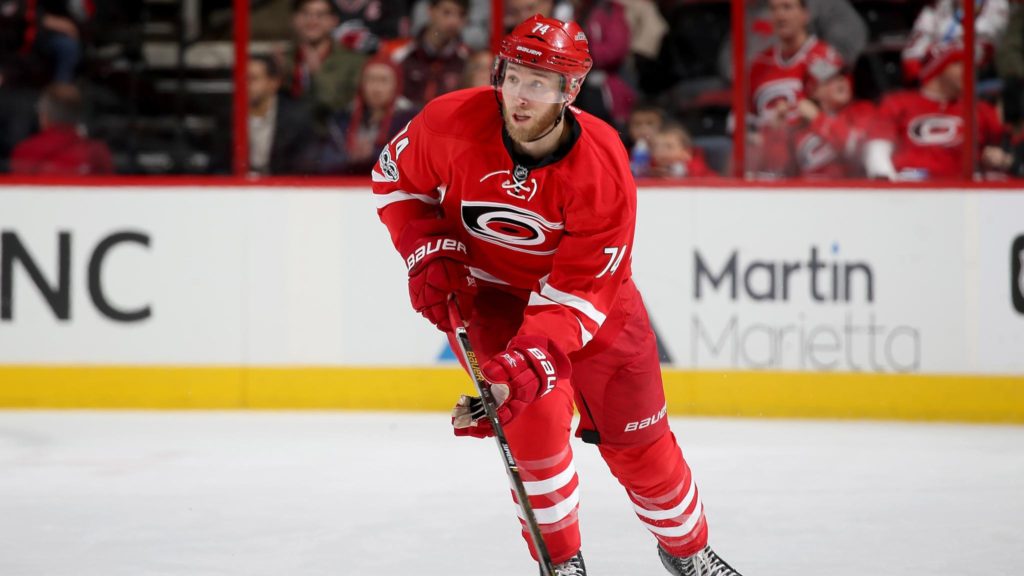
Matthews is undoubtedly the best American center, so his placement was the easiest. Though he has a lot less international experience than most others in the team, his talent is unmatched. Since being drafted, only Alex Ovechkin has scored more goals than Matthews.
Kane, the captain of Team USA, has consistently put up elite numbers since being drafted first overall in 2007 and could potentially go down as the best American player ever when he retires. Kane has the most goals and assists among active American players and he’s also the all-time points leader for Team USA in the history of the IIHF World Championships. The Buffalo, NY native was also selected to be alternate captain for Team USA in the 2016 World Cup of Hockey and the captain for the country in the 2018 and 2019 World Championships.
The left wing on this line is none other than Johnny Gaudreau, who sits seventh all-time in points for the Calgary Flames. The 28-year-old has accumulated over 500 points in his nine-year NHL career, came in fourth for the Hart Trophy in 2019 and has 32 career points for the United States in the World Championships.
Connor-Eichel-DeBrincat line:
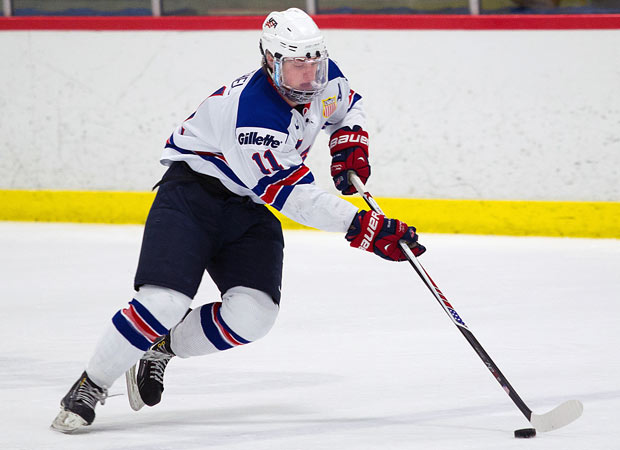
Since we’re dealing with a hypothetical team here, I found it fit to put Eichel on the team because it’s doubtful that he would’ve been selected to the team anyways given his recovery from surgery. If healthy, he’s the second-best center for the USA and he would add a huge spark for this offense.
As for Connor, he’s an underrated forward who can consistently put the puck in the net. At just 25 years old, he’s already had three seasons of 30+ goals and is on pace for a fourth as he currently sits with 25 goals about halfway through the season. Interesting enough, Connor and Eichel both played on the U18 USA team that won gold back in 2014. Eichel placed fourth in points in that tournament while Connor was ninth.
DeBrincat, the youngest forward on this team, has quite a few impressive seasons under his belt. The 24-year-old put up 41 goals and 76 points in 2018-19 and 32 goals in 2020-21 with 56 points in 52 games played. The 5-foot-7 winger has experience with Eichel, too; they played on Team USA in 2019, combining for nine goals and 17 points despite placing seventh.
Tkachuk-Larkin-Guentzel line:
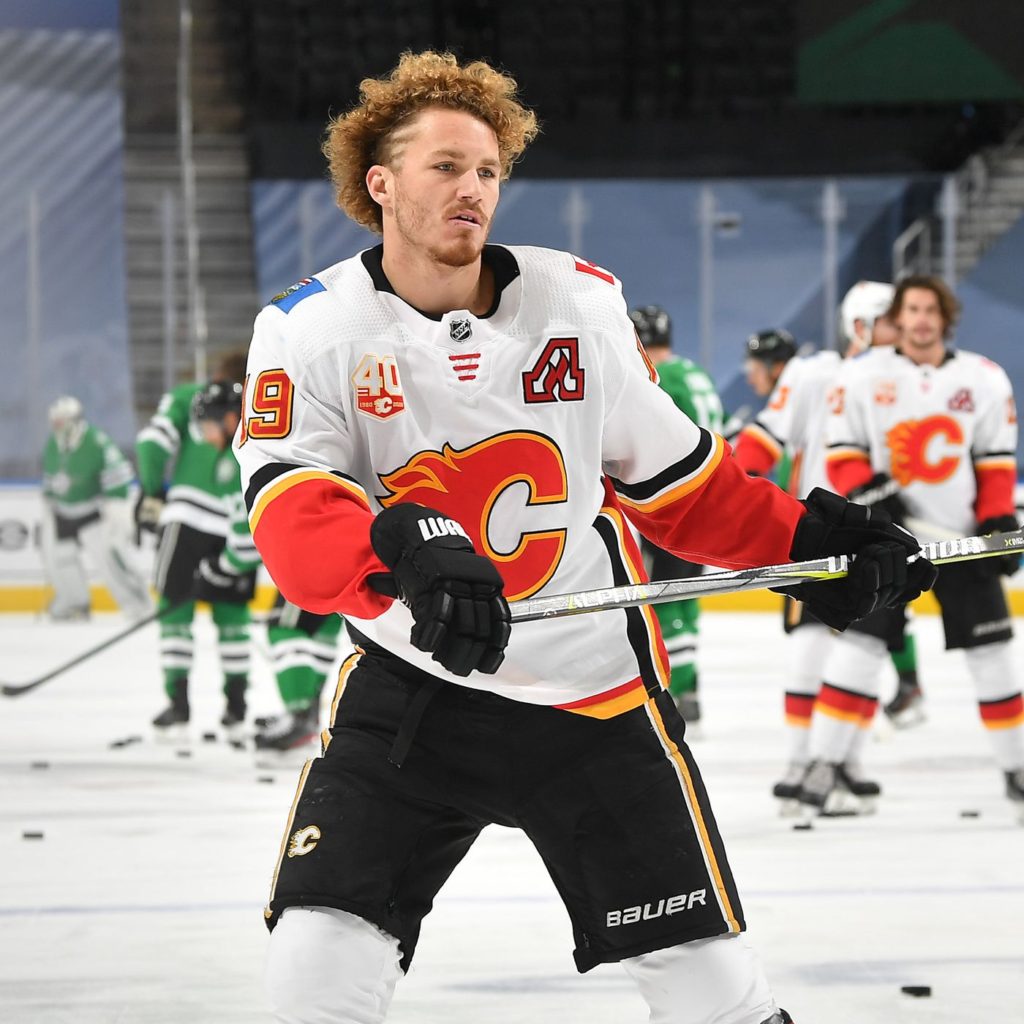
Speaking of that 2014 U18 team, here’s Dylan Larkin. Larkin could be a solid center on the third line, exhibiting leadership and experience playing for the USA. The Red Wings captain, who served as alternate captain for the USA in 2017 and 2018, has played in the World Championships every year since 2015 and sits second all-time in assists for the USA.
Matthew Tkachuk, the other Calgary left winger on the team, averages over a point a game this season and he can back check. Tkachuk at 6-foot-2 and 202 pounds should be the physical force who sets the tone on this line.
Jake Guentzel has been a hidden gem in the Penguins’ offense ever since being drafted. He has a 40-goal season under his belt and averaged more than a point per game over the last three seasons. Though Tkachuk and Guentzel have no international experience (minus Tkachuk in the juniors), it shouldn’t be too challenging for them to score in the Olympics.
Pacioretty-Pavelski-Terry line:
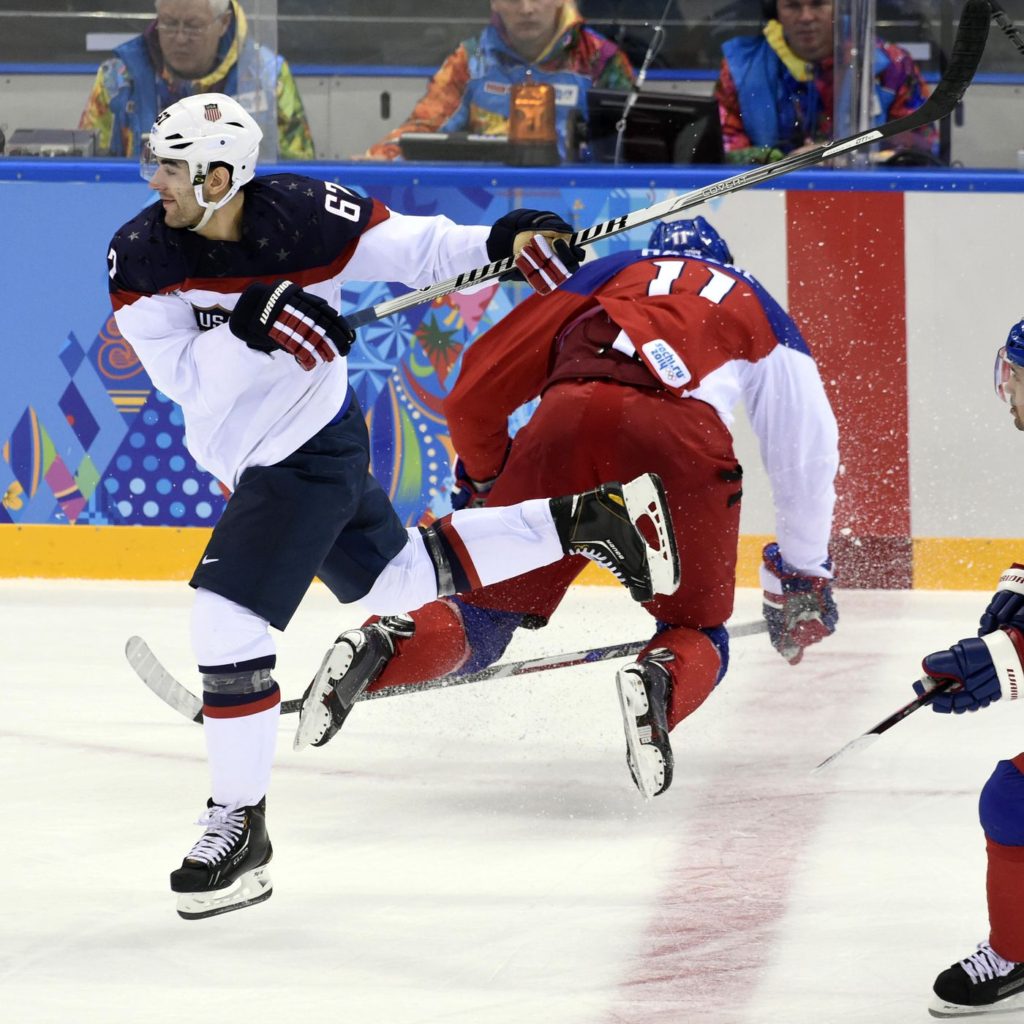
It was a tough decision between Pavelski and Miller for the fourth line center. Thanks to seniority, Pavelski gets the nod. Pavelski, the oldest member of the would-be team, captained Team USA at the World Cup of Hockey in 2016 and represented the country in the Olympics in 2010 and 2014. With all his experience, I felt obliged to make him the alternate captain.
In my opinion, Pacioretty had to make the team because he’s been so good since coming into the league. The New Canaan, Connecticut native is sixth among active Americans in goals and eighth in points. An added bonus is that he and Pavelski have experience playing with one another since they both played for the U.S. in the 2016 World Cup of Hockey and in the 2014 Olympics.
Terry was a wild card who I thought could make it onto the team. I considered putting Kreider in over him, but then there’d be three left-handed right wingers in the lineup. While it’s a plus to have another righty, Terry’s phenomenal season so far is the reason he gets a roster spot. Terry has the seventh-most goals in the NHL (25) and leads the Ducks in points (42). Terry also played on the 2018 U.S. Olympic team, getting five points in five games, and went four-for-four in shootout attempts to win the Americans the 2017 World Junior Championship.
Extras (Chris Kreider and JT Miller):
Unfortunately, the two ex-teammates Chris Kreider and JT Miller couldn’t crack the starting lineup; however, they’re both extremely good.
Kreider is tied for the most goals in the NHL this year and would be a great addition to the lineup if his number gets called. The 6-foot-3 winger represented his country six times; twice in the World Junior Championship and four times in the World Championships.
JT Miller only has one game of non-junior experience internationally, but he’s been one of the most consistent centers since being traded to the Canucks. Miller has garnered 59 goals and 166 points in 169 games for Vancouver. His 55.5 face off percentage with the Canucks is nothing to be taken lightly either and he even earned a vote for the Hart Trophy in 2020.
| LD | RD |
| Zach Werenski | Seth Jones |
| Adam Fox | Charlie McAvoy |
| Quinn Hughes | John Carlson [A] |
| Jaccob Slavin | Jeff Petry |
Werenski-Jones pairing:
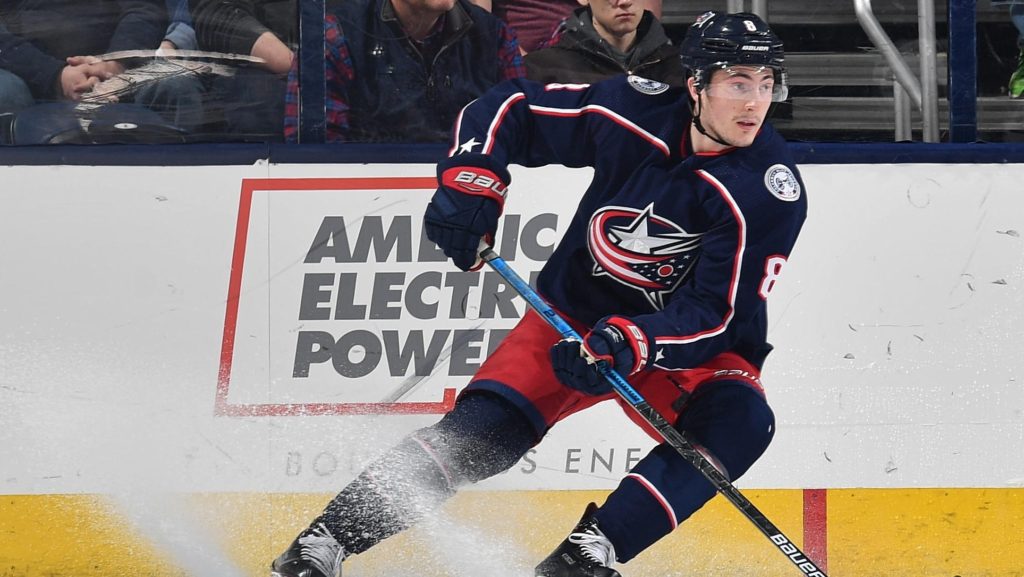
It only makes sense to reunite this group of spectacular, American D-men. Werenski and Jones played together from 2016-21 where they became separated this season due to Jones being traded to Chicago. Both Werenski and Jones received a combined 482 Norris Trophy votes while playing together and gathered 113 goals with 392 points.
Though they shared the NHL stage for many years, the defensemen have never played on a national team together. Jones played in the World Junior Championship from 2011-13, then in the World Championships in 2014 and 2015 and the World Cup of Hockey in 2016. Werenski played in the World Junior Championship in ’14 and ’15, then for the World Championships in 2019.
Fox-McAvoy pairing:
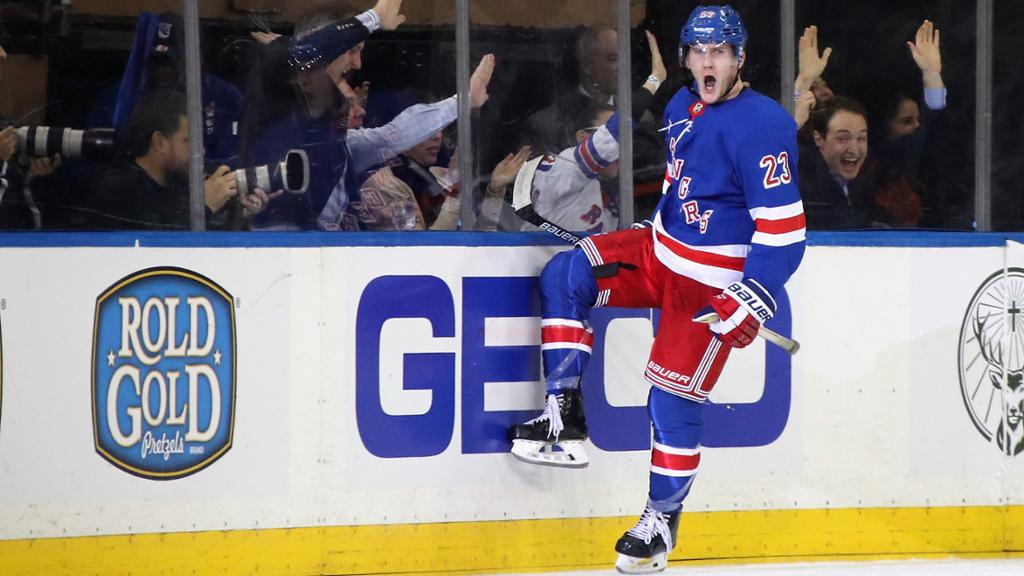
Two of the best young defensemen in the league on a pairing would be sensational. Fox and McAvoy lived about a half hour away from each other growing up, so they’re very familiar with each other. They both played on the U.S. National Development Team in 2014-15 and for Team USA in the World Junior Championship in 2017.
Fox is only in his third NHL season and is already widely considered a top five defensemen. Fox won the Norris Trophy last year and has already equaled his point totals with 11 less games played this year.
McAvoy isn’t too far behind Fox as many consider him a top 10 defenseman as well. McAvoy has 31 goals and 150 points for the Bruins and was fifth in Norris Trophy voting last year. The two blossoming D-men would be sure to be a dominant tandem.
Hughes-Carlson pairing:
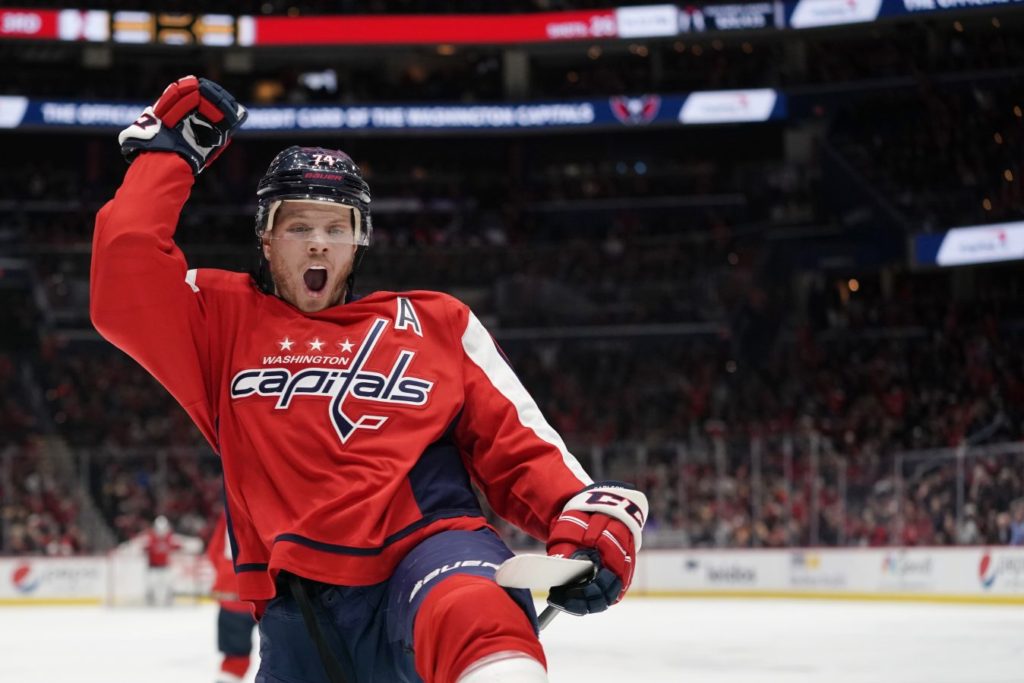
These two high-scoring defensemen love to light the lamp, and it’s guaranteed to be an explosive duo. Since 2019, Carlson and Hughes have the most and seventh-most points from defensemen, respectively, and that’s not even scratching the surface for Carlson. Team USA’s alternate captain has 124 career goals and 558 career points, both 11th all-time among U.S. defensemen. Carlson represented the United States three other times—the World Junior Championship (2010), Olympic Games (2014) and the World Cup of Hockey (2016).
Hughes might not have four seasons of 55+ points like Carlson, but he can consistently score as well. He has 13 goals and 131 points in 174 games and is growing into one of the best offensive defensemen in the game. The youngest player on the roster has a good amount of experience representing his country, playing in the U17 and U18 tournaments, two World Junior Championships and two World Championships.
Extras (Jaccob Slavin & Jeff Petry):
Slavin and Petry certainly aren’t mediocre defensemen by any stretch of the imagination. It’s just that all the other blue liners in the U.S. are so stout and having these guys as the reserves wouldn’t ruffle anyone’s feathers. They’re kind of a yin and yang duo since Slavin is a defensive defenseman while Petry is more of an offensive player.
Slavin is regarded as a top 10 defenseman and has received at least one vote in Norris Trophy voting since his second season in the league. Petry is 10th in goals by defensemen since 2017-18 (49) and has 82 goals and 301 points in his 13 seasons.
Though they’re both great, these defensemen don’t have much experience in the international stage. Petry, the elder player, has appeared in the World Championships three times, most recently in 2014. Slavin has only appeared for his country in the juniors, playing in the Hlinka Gretzky Cup in 2011 and in the World Junior Championship in 2014.
| G |
| Connor Hellebuyck |
| John Gibson |
| Thatcher Demko |
Connor Hellebuyck:
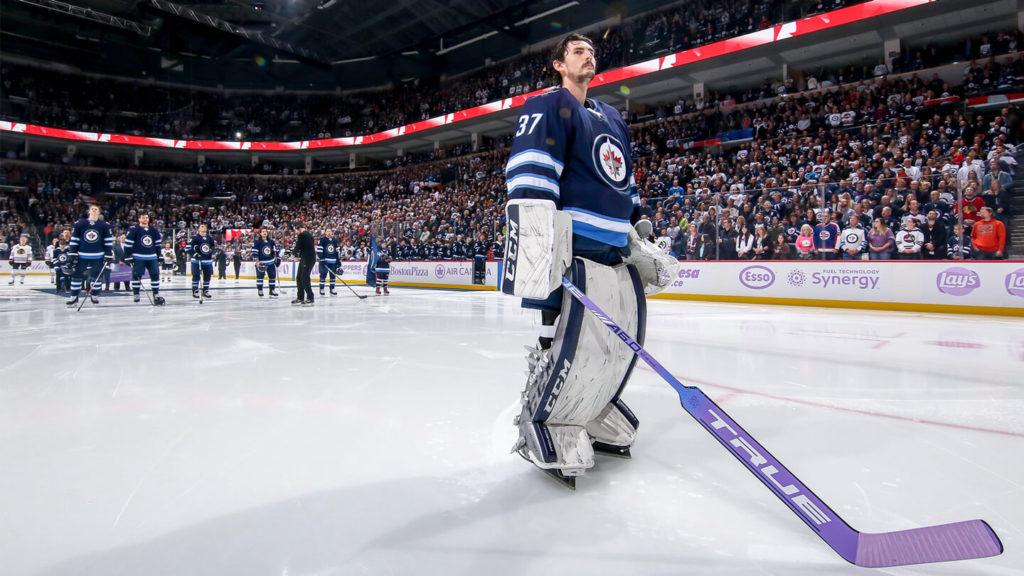
Hellebuyck is undoubtedly the number one goalie for this team given how consistent he’s been since becoming the starter in Winnipeg. He has a Vezina Trophy under his belt, led the NHL in saves three times, minutes played twice and wins as well as shutouts once each. Hellebuyck has two stints of international play. In 2015, he started eight games for the U.S. in the World Championships en route to a bronze medal with a 7-1 record, .948 save percentage and 1.37 GAA. In 2017, he started two games and recorded a .900 save percentage and 2.50 GAA.
John Gibson:
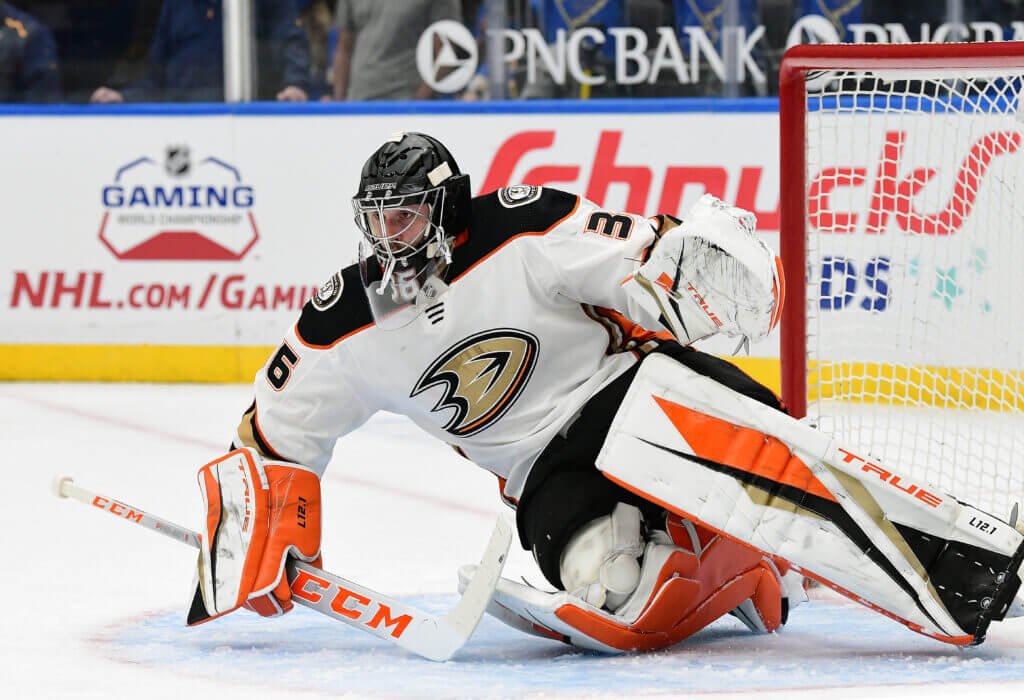
Gibson isn’t the top five goaltender like Hellebuyck, but he’s still a solid goalie who’s been great in international play. He’s having one of his best seasons to date. The American has a .921 save percentage, 2.54 GAA and one shutout. He’s carried this Ducks team that not many people had high hopes for. When playing for Team USA, he’s especially on his game. The Pittsburgh native had a .943 save percentage and 1.70 GAA in his two junior international experiences and a .951 save percentage with a 1.56 GAA in the 2013 World Championships and 2016 World Cup of Hockey.
Thatcher Demko:
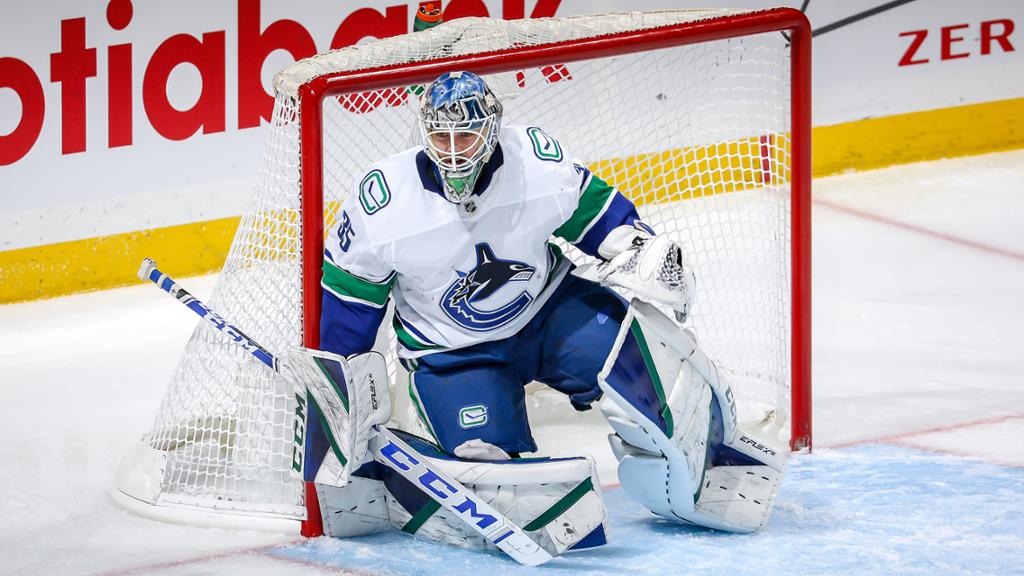
Demko is a young goalie finally starting to come into his own this season. The San Diego native has career highs in save percentage and GAA and is tied for his career high in shutouts. Demko doesn’t have too much experience performing for the United States outside of the juniors. He played two games in the 2019 World Championships, going 2-0 with a .920 save percentage and 2.00 GAA. Demko’s a steady goaltender, but it would help him to sit behind Hellebuyck and Gibson to learn.
- One Take for Each Game One of the NBA Playoffs
- Things I Learned Watching ‘WrestleMania IX: Becoming a Spectacle’ on PeaPenis (Peacock)
- Wrestling With Emotion – ‘The Long, Winding Road’ | Sponsored by Batavia Downs
- Banditos Pod Episode 4 ‘Clinch-urtunity’
- The White Lotus Stampedes Through the Finish Line
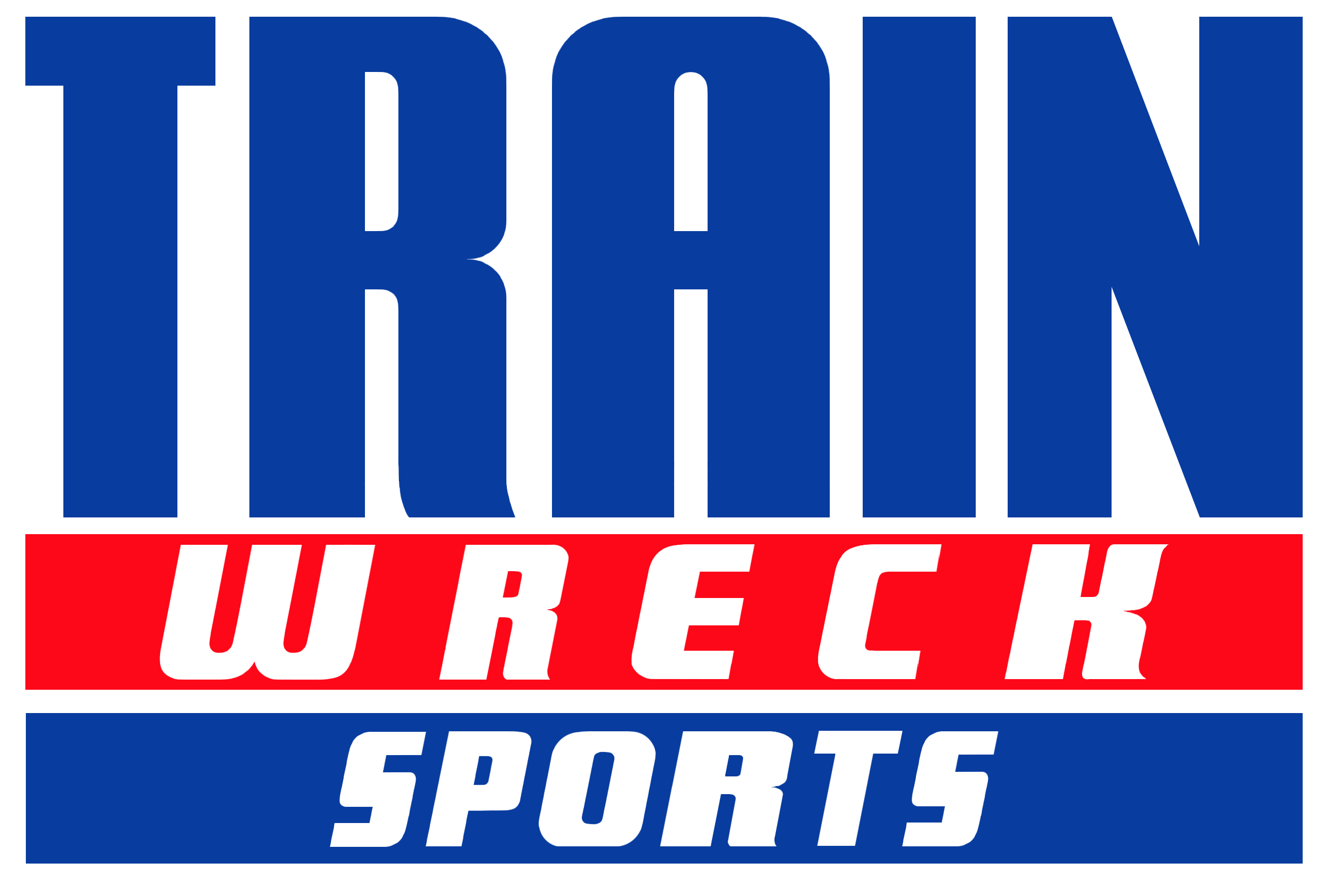
One Response